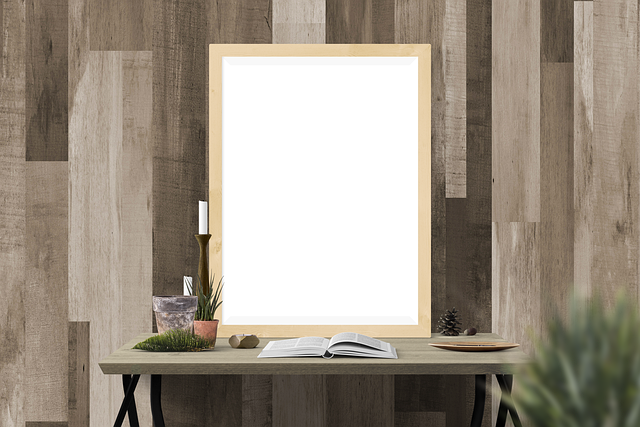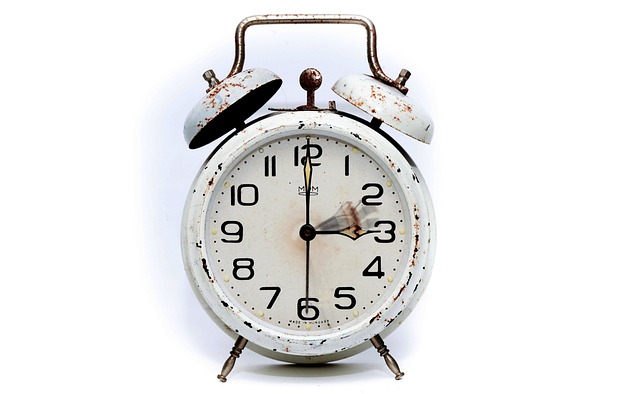Exploring the Intersection of Art and Design: The Frame as Sculptural Masterpiece
When we think of art and design, our minds often wander through a vivid landscape filled with paintings, sculptures, and iconic structures that challenge our perception of beauty and functionality. Yet, some of the most compelling intersections between these disciplines occur not within the artworks themselves, but in the frame that encases and accentuates them. The humble frame, often overlooked, transforms into a sculptural masterpiece that plays a crucial role in the narrative of the art it holds.
At first glance, the frame may seem like a mere vessel—its primary purpose often perceived as simply to protect or to enhance the aesthetics of a piece of art. However, as we delve deeper, we discover that the choice of a frame can significantly influence the viewer’s experience. Frames can evoke emotion, create a dialogue between the artwork and its environment, and even alter our interpretation of the piece itself.
Artistry in Design
The relationship between a frame and the artwork it surrounds can be likened to the bond between an artist and their medium. Every decision made in the design of a frame—its material, color, and texture—reflects not only the artistic intention behind the primary work but also the broader themes of design. For instance, a sleek, modern frame complements a contemporary painting by mirroring its minimalism, while an ornate, gilded frame beautifully contrasts the rawness of an abstract sculpture, inviting curiosity and contemplation.
This duality of functionality and artistry makes the frame a significant player in the world of sculpture. When viewed in this light, the frame becomes an expressive element in its own right, breaking free from the confines of traditional utility. Artists and designers alike are now blurring boundaries and experimenting with unconventional materials and forms to create frames that stand alone as art pieces, drawing attention to their sculptural qualities.
Framing Emotion
Moreover, it is the emotional connection that a frame can establish with viewers that is truly profound. Each aspect of a frame can evoke different sentiments, influencing how we perceive and feel about the art contained within. A distressed wooden frame can exude rustic charm, transporting us to a simpler time, while a sleek acrylic frame might convey a sense of modern sophistication. By consciously choosing a frame, artists and designers invite us to engage with the emotional layers embedded in both the frame and the artwork it surrounds.
In gallery exhibitions and private collections, the framing decisions can significantly enhance the storytelling aspect of the displayed work, guiding our gaze and shaping our interpretation. This powerful synergy between art and design reminds us that what lies beyond the surface is just as compelling as the art itself, urging us to consider the interplay of each component in the grand composition.
Reimagining the Frame
We are at a fascinating crossroads in the world of art and design, where the frame is reimagined as a sculptural entity rather than merely an enclosing structure. Innovative artists and designers are diving into this exploration, reconstructing our understanding of how frames can enrich our interaction with art. Textiles, metalwork, and even digital elements are now being integrated into frames, challenging the conventions of materials while broadening the realm of possibilities for artistic expression.
As we journey through this evolving landscape, we find ourselves in a vibrant dialogue between the past and the future of art and design. By recognizing the frame as a vital element of sculpture, we can appreciate the complexities inherent in the relationship between form and function—a relationship that transcends traditional boundaries and invites us to see art as an immersive experience where every component plays a critical role.




